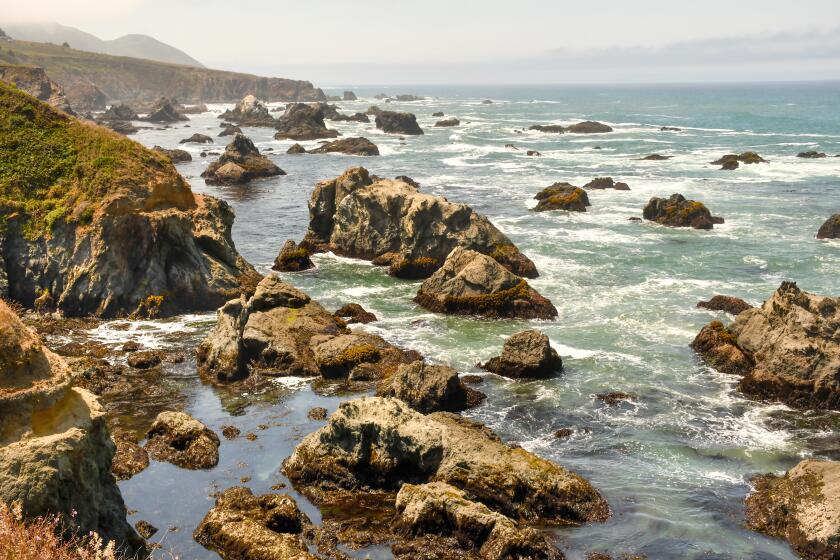British research ship crosses paths with world’s largest iceberg

Britain’s polar research ship has crossed paths with the largest iceberg in the world — a “lucky” encounter that enabled scientists to collect seawater samples around the colossal berg as it drifts out of Antarctic waters, the British Antarctic Survey said Monday.
The RRS Sir David Attenborough, which is on its way to Antarctica for its first scientific mission, passed the mega iceberg known as the A23a on Friday near the tip of the Antarctic Peninsula.
The iceberg — equivalent to three times the size of New York City and more than twice the size of Greater London — had been grounded for more than three decades in the Weddell Sea after it split from the Antarctic’s Filchner Ice Shelf in 1986.
One of world’s largest icebergs drifting beyond Antarctic waters after it was grounded for 3 decades
The iceberg, about three times the size of New York, split from an Antarctic ice shelf in 1986 but remained stuck to the ocean floor for many years.
It began drifting in recent months, and has now moved into the Southern Ocean, helped by wind and ocean currents. Scientists say it is now likely to be swept along into “iceberg alley” — a common route for icebergs to float toward the sub-Antarctic island of South Georgia.
“It is incredibly lucky that the iceberg’s route out of the Weddell Sea sat directly across our planned path, and that we had the right team aboard to take advantage of this opportunity,” said Andrew Meijers, chief scientist aboard the research ship.
“We’re fortunate that navigating A23a hasn’t had an impact on the tight timings for our science mission, and it is amazing to see this huge berg in person — it stretches as far as the eye can see,” he added.
Laura Taylor, a scientist working on the ship, said the team took samples of ocean surface waters around the iceberg’s route to help determine what life could form around it and how the iceberg and others like it affect carbon in the ocean.
A slow-motion and irreversible collapse of a massive cluster of glaciers in Antarctica has begun, and could cause sea levels to rise across the planet by another 4 feet within 200 years, scientists concluded in two studies released Monday.
“We know that these giant icebergs can provide nutrients to the waters they pass through, creating thriving ecosystems in otherwise less productive areas. What we don’t know is what difference particular icebergs, their scale, and their origins can make to that process,” she said.
The RRS Sir David Attenborough, named after the British naturalist, is on a 10-day science trip that’s part of a $11.3-million project to investigate how Antarctic ecosystems and sea ice drive global ocean cycles of carbon and nutrients.
The British Antarctic Survey said its findings will help improve understanding of how climate change is affecting the Southern Ocean and the organisms that live there.
Start your day right
Sign up for Essential California for news, features and recommendations from the L.A. Times and beyond in your inbox six days a week.
You may occasionally receive promotional content from the Los Angeles Times.




